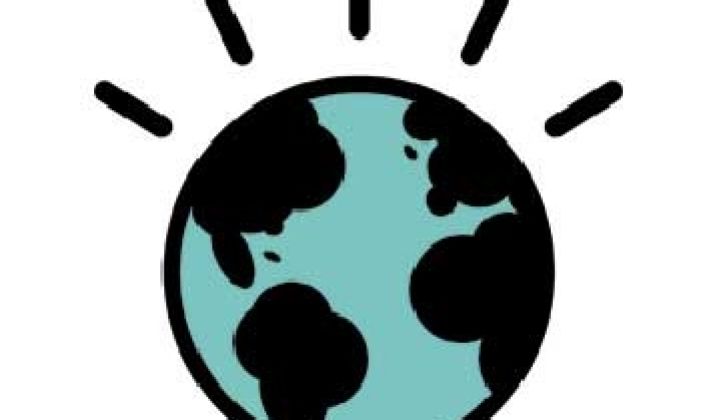There are two fundamental hurdles to building a truly smart grid, according to Samuel J. Palmisano, Chairman, President and Chief Executive Officer of IBM. Palmisano delivered the keynote address on the opening day of the GridWise Global Forum in Washington, D.C., and while he was optimistic that a connected electrical grid is on its way, he cautioned that "connectivity alone is not enough."
He argued that there must be clarity of the system's purpose to design a smart grid, and that the purpose has also to be realized by consumers, who must become active participants to truly realize the full benefits of an intelligent grid. "We haven't cracked the code on conveying the importance to the individual," he said. "I don't think it will happen through dashboards."
Instead, it will come from the design of the system itself, which will offer analytics that will deliver the data to a range of stakeholders. "It's not how much data there is," he said, "it's what the data can tell us." Everyone is an energy consumer, and so it is not just the individual resident, as many companies focus on, but rather a segmented group of businesses, individuals and households. "Context is important," he added.
To move beyond a fragmented grid, and the current paradigm of the energy system as a whole, Palmisano noted four key areas that need to be addressed for smart grid to be realized.
- Open standards. "We've got to finish the job," he said.
- Smart Systems. The system has to be smart by design, and the design must be integral and not so complicated that it can't be added on to in the future. He also pointed back to open standards as a way to ensure that there is flexibility to adjust to future needs.
- More Collaboration. He called for partnerships beyond just public and private, but rather those that involve all stakeholders for maximum benefit from the grid.
- Policy and Ethics. There needs to be clear guidelines from an ethical point of view, addressing issues of security and privacy that concern all parties from government bodies down to individuals.
Although he called for a well-designed system, Palmisano also told the audience not to wait. "Smarter energy is not some futuristic ideal," he said. "There's no reason to wait."
To back Palmisano's comments, IBM announced today a comprehensive communications service for utilities to transform their networks. The communications backbone will stretch from the data center across the grid to residential and business endpoints.
Even by just updating their own internal systems and operations, utilities are reaping huge benefits, according to Allan Schurr, VP of Strategy for IBM's Energy & Utilities unit. Implementing full communications platforms allows for more scalability, which will lay the groundwork for services that can engage customers to think more about their energy usage and make decisions to maximize their consumption patterns. "It's just baby step number one," said Schurr.



